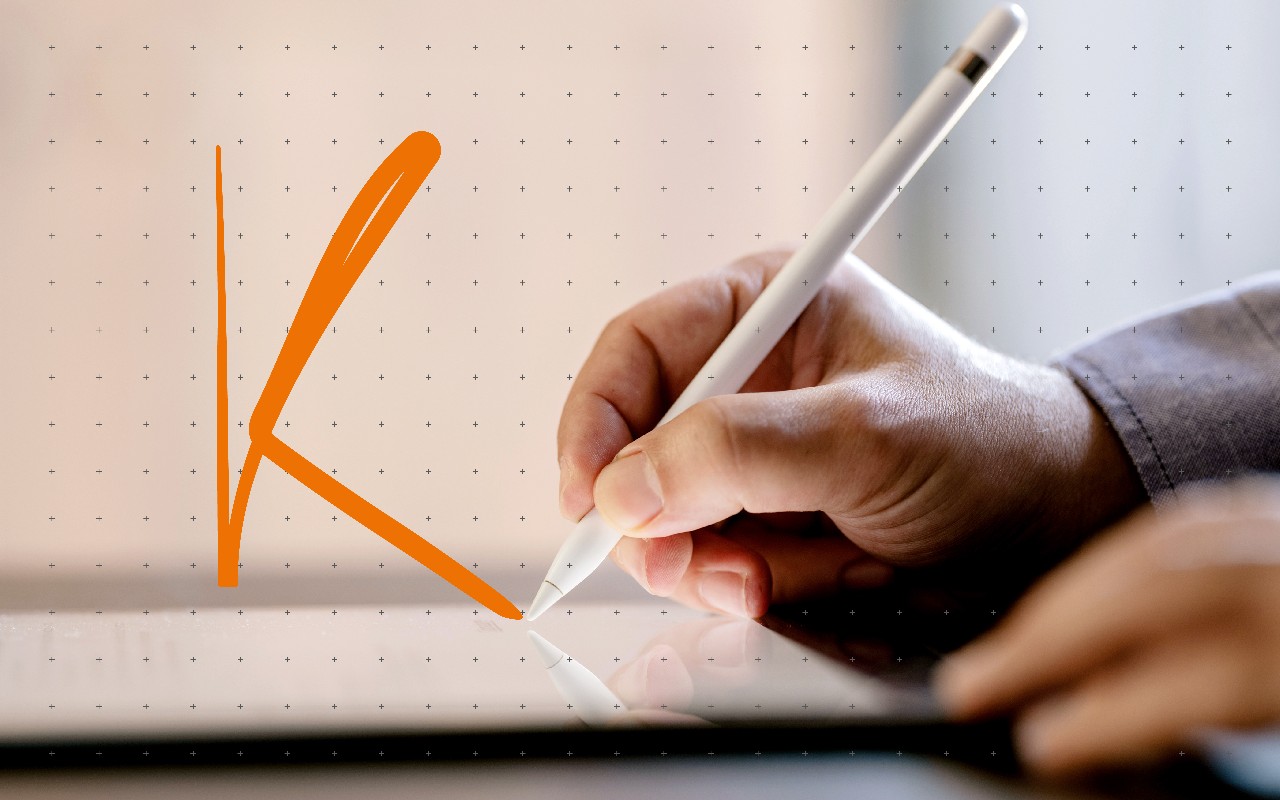E-Signature is ready to prove its worth.
“Because it’s always been done this way.” That’s a sentiment that has stifled innovation and change for decades. But the penny has dropped for business leaders across all industries – anything that enables your organisation to work smarter and more efficiently is a good thing. And if it helps cut costs at the same time, even better!
The Covid-19 pandemic kickstarted an immense disruption to all parts of our working lives; from how and where we work to the tools we use. There was no other choice for organisations – it was either sink or swim. In the blink of an eye, hybrid working forced workflows to be heavily digitised. Automation and end-to-end digital interaction are defining the hybrid working age – physical distances between team members had to be reduced. Professionals demanded tools that allowed them to work with greater agility and flexibility. There had to be an easier way than Employee A going to a print shop to print, sign, and scan an urgent agreement back to Employee B in the office.
Step forward e-Signature!
The emergence of e-Signature is a direct challenge to the idea that we should continue to physically sign documents because it’s always been done this way. With professionals suddenly spread across offices, homes, and shared workspaces, the status quo suddenly became a lot less sacred. Needs must.
What is an e-Signature?
In simple terms, an e-Signature is a signature in electronic form. According to Forbes, “an electronic signature is essentially a process that uses computers to authenticate the signatory and certify the integrity of the document.” Exactly like their wet-ink counterparts, e-Signatures are legally binding in Europe.
The advantages of using e-Signatures
More and more businesses are turning to e-Signatures in a bid to enhance operations. Here’s why:
Security: Paper documents come with inherent risks. Sensitive employee records left unattended at the printer are open to theft or being misplaced. That freshly signed real estate contract lying beside that cup is at risk of being covered in freshly made coffee. The sale agreement on the way to the office via courier could get lost in transit. E-Signature could have helped avoid these common mishaps by cutting out manual processes. The European Commission explains how it bolsters document security: “The signer’s identity is bound to each specific document, ensuring that signatures and seals are verified, authentic and legitimate for that document alone.” E-Signature also reduces the risk of document duplication or alteration.
More efficient workflows: Say goodbye to printing, signing, scanning, and sending! According to Deloitte, e-Signatures reduce the time required to obtain signed documents from five to six days for paper signatures to five to six minutes for an e-signed document. Forbes adds that e-Signatures “accelerate approvals and agreements by eliminating idle periods from the process.” The days of hoping the courier arrives on time are quickly becoming a thing of the past.
Cost Savings: Leaner workflows are also good for an organisation’s bottom line. DocuSign estimates that put the average saving associated with e-signatures at around $37 (€38) per agreement. The cost of a typical physical agreement includes printing, sending, and storage. That’s before we consider courier costs.
Value-adding work: Automation subsequently frees up valuable time that employees can dedicate to value-adding work. Less time doing monotonous work means more time to think, more time being creative. Furthermore, organisations that create a positive working experience for employees are better equipped to retain their best talent.
The sustainable choice: Digitally signing a document rather than printing and scanning on one side before the recipient does the same is an inefficient use of everyone’s resources. The ability to sign a document online with a few clicks drastically reduces paper volumes and energy usage.
The benefits of e-Signature are clear, and they extend way beyond improved transaction times between parties. E-Signature is another step on the road to smarter working.
Just like Kyocera Cloud Information Manager (KCIM), it’s about doing more with less. Getting a greater bang for our buck. These modern solutions give professionals the flexibility and peace of mind they demand. The ability to complete a task with the same quality and security whether in the office or a café.
Because sometimes the most effective solutions are the simplest.
Ready to learn more about Kyocera and e-Signatures?

